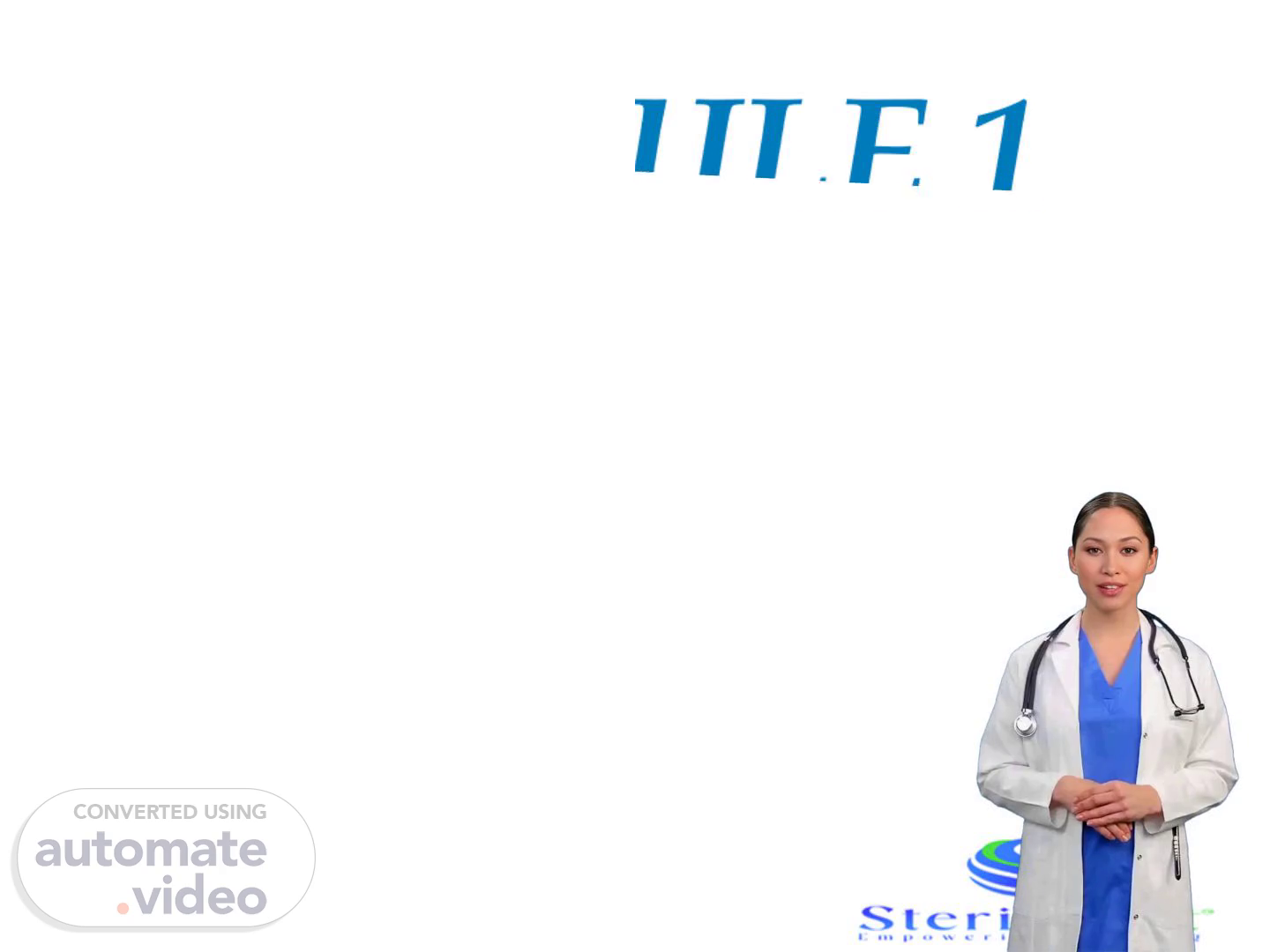Page 1 (0s)
[Virtual Presenter] Good afternoon. Today I'd like to discuss the responsibilities of Sterile Processing employees and the procedures and guidelines that they need to be aware of. We'll also explore the concept of Decontamination. Let's begin!.
Page 2 (14s)
[Audio] This module will explore the role of the Sterile Processing Department within an organizational context and the different tasks it carries out. We will review the professional regulations rules standards of practice and principles that guide sterile processing operations. We will look at health and safety regulations standards and guidelines for processing medical devices and equipment too. Additionally we'll look at the federal and state regulatory authorities in charge of processing in health care centers. Additionally we will analyze methods of quality assurance and the aim of a procedure manual. To conclude we will explain the training procedures that ensure familiarity with and competent execution of sterile processing activities along with the various symbols used in healthcare and in making sterile products..
Page 3 (1m 5s)
[Audio] To guarantee safety for both patients and personnel S-P-D technicians must comprehend and comply with all decontamination protocols. Decontamination is the application of physical or chemical procedures to remove deactivate or destroy potential bloodborne pathogens on an item or surface. This involves decreasing the amount of microorganisms so that the item or surface is suitable for handling use or discarding. There is a need for S-P-D technicians to be knowledgeable about the decontamination process and comply with all applicable regulations to safeguard those interacting with them..
Page 4 (1m 45s)
[Audio] In 1933 the American Sterilizer Company developed the first steam sterilizer which enabled temperatures to be measured using a thermometer. The American College of Surgeons further innovated this area by creating sterile processing and recommending standardizing surgical dressings and centralizing supply handling into one unit. In 1982 the Sterile Processing Department was formally defined in Perkins as a service area providing professional supplies and equipment to all hospital departments and units. This presentation has given us an overview of how sterilization has evolved since 1933. It has been interesting and informative. Thank you for your attention..
